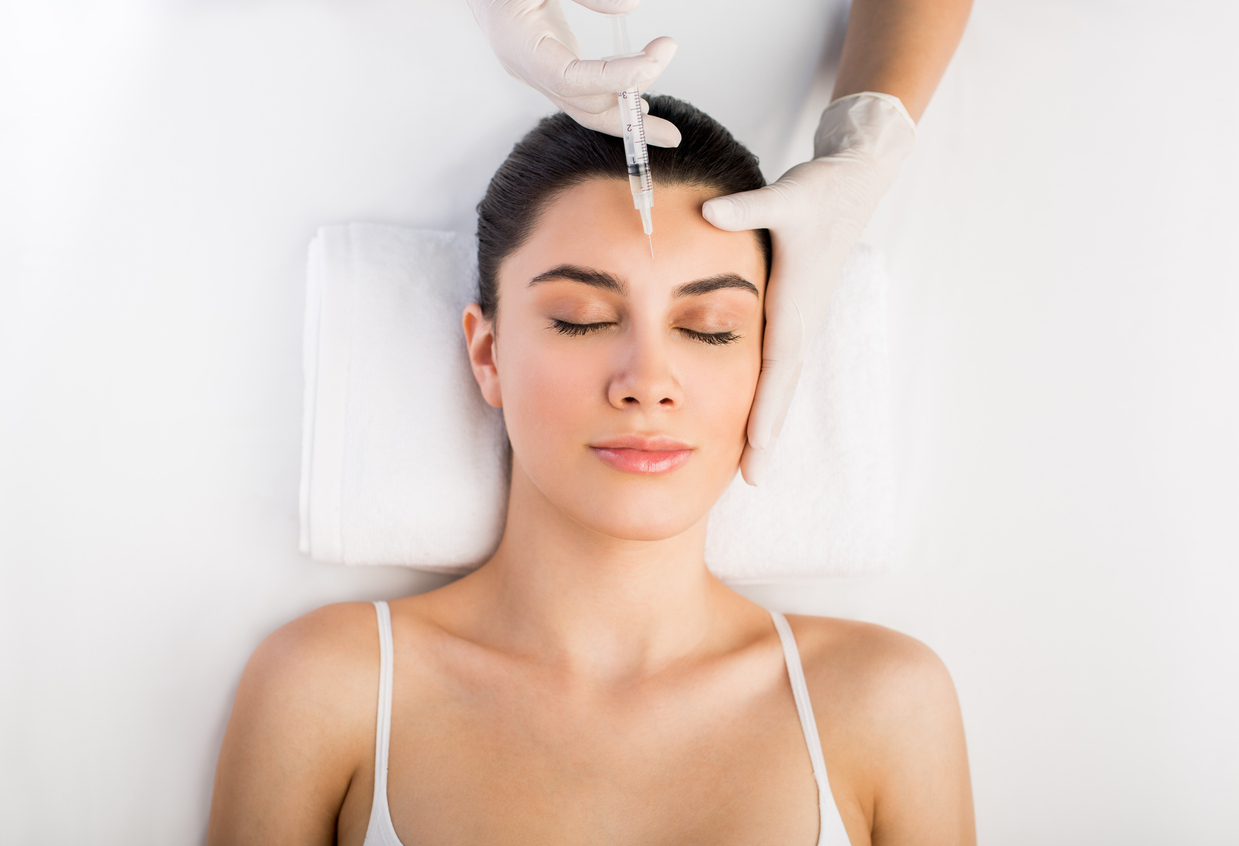Botox, short for botulinum toxin, is a neurotoxic protein used in both medical and cosmetic treatments. Originally developed for medical purposes, Botox works by temporarily paralyzing or weakening targeted muscles, blocking nerve signals. This reduction in muscle activity smooths out fine lines and wrinkles, making it a popular choice for those seeking non-surgical cosmetic enhancements. Though Botox is widely known for its aesthetic uses, it also serves medical purposes, such as treating chronic migraines, excessive sweating, and muscular disorders.

The Cosmetic Appeal of Botox
In the world of cosmetic enhancements, Botox reigns as one of the most requested treatments. The primary reason for its popularity lies in its ability to minimize the appearance of facial wrinkles, particularly in areas prone to expression lines like the forehead, around the eyes (crow’s feet), and between the eyebrows. Botox is often favored because of its non-invasive nature; the procedure involves a few small injections, usually lasting about 15 minutes, with minimal recovery time. This makes Botox a convenient option for people looking to maintain a youthful appearance without undergoing surgery.
Botox treatments offer relatively quick results, often visible within a few days after the procedure. Results typically last between three to six months, depending on the individual's skin type and the area treated. Many people choose to have regular treatments to maintain the effects.
The Medical Uses of Botox
While Botox is a household name for cosmetic treatments, its medical applications are equally noteworthy. Botox is commonly prescribed for chronic migraines, helping to reduce the frequency and severity of headaches by relaxing muscles around the head and neck. Another widespread use is in treating hyperhidrosis, or excessive sweating, where Botox injections help to block the nerve signals that activate sweat glands.
Botox is also used to manage muscle spasticity, a condition where muscles contract uncontrollably. This application is beneficial for individuals with cerebral palsy, multiple sclerosis, and other muscular disorders. Additionally, Botox can treat overactive bladder and certain eye disorders, like strabismus (crossed eyes), by relaxing the affected muscles.
The Botox Procedure: What to Expect
A Botox procedure is relatively simple and quick, often referred to as a “lunchtime procedure” due to its short duration and minimal downtime. Before the injections, the practitioner typically cleans the treatment area and may apply a topical anesthetic to minimize discomfort. Botox is then injected into the target muscles using a fine needle. The sensation is often described as a small pinch, and most patients experience only minor discomfort.
After the procedure, patients are generally advised to avoid rubbing the treated areas for several hours to prevent the Botox from migrating to unintended muscles. Additionally, strenuous physical activity is often discouraged for at least 24 hours post-treatment.
Results from Botox injections begin to appear within three to five days, with full effects typically visible in about two weeks. Side effects, though generally mild, may include redness, swelling, or bruising at the injection site. In rare cases, individuals may experience temporary drooping of the eyelids or eyebrows if the Botox spreads to unintended areas.
Potential Risks and Side Effects
Although Botox is considered safe when administered by a qualified professional, it is important to be aware of potential risks and side effects. Common side effects include temporary discomfort, swelling, or bruising at the injection site. Some individuals may experience headaches, flu-like symptoms, or eye dryness after treatment.
In rare cases, Botox may cause more serious side effects, such as difficulty breathing or swallowing, blurred vision, or muscle weakness in areas away from the injection site. These complications are typically linked to incorrect dosage or improper administration, underscoring the importance of choosing a qualified and experienced healthcare provider.
Botox is not recommended for pregnant or breastfeeding women, or individuals with certain neurological conditions. Before undergoing treatment, patients should consult their doctor to discuss any pre-existing conditions and potential interactions with medications.
Choosing the Right Provider
Selecting a qualified and experienced provider is crucial for ensuring a safe and effective Botox treatment. Ideally, Botox injections should be administered by a board-certified dermatologist, plastic surgeon, or other healthcare professional trained in cosmetic procedures. It’s important to research the practitioner’s credentials, ask about their experience with Botox, and inquire about before-and-after photos of previous clients.
During the consultation, the provider should explain the procedure in detail, including the risks and benefits, and assess whether Botox is the right treatment for the patient’s needs. The provider should also offer clear post-treatment care instructions to ensure optimal results and minimize side effects.
Botox Alternatives: Exploring Other Options
For individuals hesitant about Botox, several alternative treatments can offer similar benefits. Dermal fillers, for example, are another injectable option that helps to smooth wrinkles and restore facial volume. Unlike Botox, which relaxes muscles, fillers add volume to areas like the cheeks, lips, and nasolabial folds. Popular filler products include hyaluronic acid-based options like Juvederm and Restylane.
Other non-invasive options include chemical peels, laser treatments, and microdermabrasion, which can rejuvenate the skin and reduce the appearance of wrinkles and fine lines without injections. Each treatment has its own advantages, depending on the individual’s goals and skin type, so a consultation with a dermatologist is recommended to explore the best options.
Conclusion: The Role of Botox in Modern Aesthetics
Botox continues to be a widely popular solution for those seeking non-surgical options to reduce wrinkles and maintain a youthful appearance. With its versatility, Botox serves both cosmetic and medical purposes, offering relief for conditions like migraines and excessive sweating while enhancing facial aesthetics. However, as with any medical procedure, it’s essential to be informed about potential risks and to choose a qualified provider. Whether opting for Botox or exploring alternatives, proper consultation ensures safe and satisfactory results.


